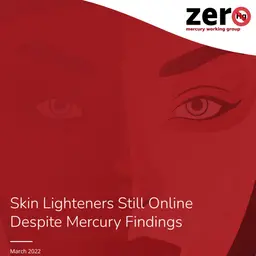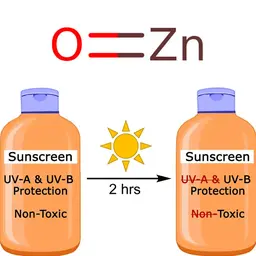
A recent study, published in the Journal PNAS - Proceedings of the National Academy of Science of the United States of America, and relayed on EUON (the European Union Observatory for Nanomaterials), shows that not only the size, but also the shape and concentration of certain nanomaterials (such as zinc oxide or silver) can influence the way in which they can cross (or not) the blood-brain barrier. These data should make it possible to make the use of these nanoparticles safer, according to the researchers.
In her guest column, published on the EUON website, Eugenia Valsami-Jones, Professor of Environmental Nanoscience at the University of Birmingham, explains that the blood-brain barrier (BBB) is a biological boundary that protects the brain from being exposed to things it shouldn’t, such as pathogens and toxins.
The BBB has evolved to “recognise” all forms of chemicals and particles, including nanoparticles (particles in the size range between 1 and 100nm), since these have been present on Earth before the emergence of life.
However, the technological developments of recent years have produced a different kind of nanoparticles, those intentionally made by us for specific applications, and whilst these particles may look like their natural counterparts to the BBB, they may act differently, thus exposing the brain to unanticipated activity. There is already evidence that nanoparticles made of iron oxide and linked to urban pollution have been found in human brains.
The research team explored which properties of different nanoparticles (cerium oxide, zinc oxide and silver) played a role in their potential to cross this barrier.
They first developed an artificial BBB from a human cell culture and then used the most advanced analytical techniques to analyse the various factors (composition, size, shape, …













